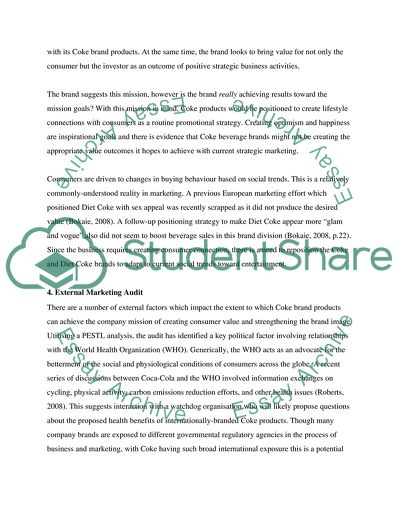Cite this document
(Marketing Plan: The Coca-Cola Beverage Brand Research Paper - 5, n.d.)
Marketing Plan: The Coca-Cola Beverage Brand Research Paper - 5. Retrieved from https://studentshare.org/marketing/1723478-marketing
Marketing Plan: The Coca-Cola Beverage Brand Research Paper - 5. Retrieved from https://studentshare.org/marketing/1723478-marketing
(Marketing Plan: The Coca-Cola Beverage Brand Research Paper - 5)
Marketing Plan: The Coca-Cola Beverage Brand Research Paper - 5. https://studentshare.org/marketing/1723478-marketing.
Marketing Plan: The Coca-Cola Beverage Brand Research Paper - 5. https://studentshare.org/marketing/1723478-marketing.
“Marketing Plan: The Coca-Cola Beverage Brand Research Paper - 5”, n.d. https://studentshare.org/marketing/1723478-marketing.


